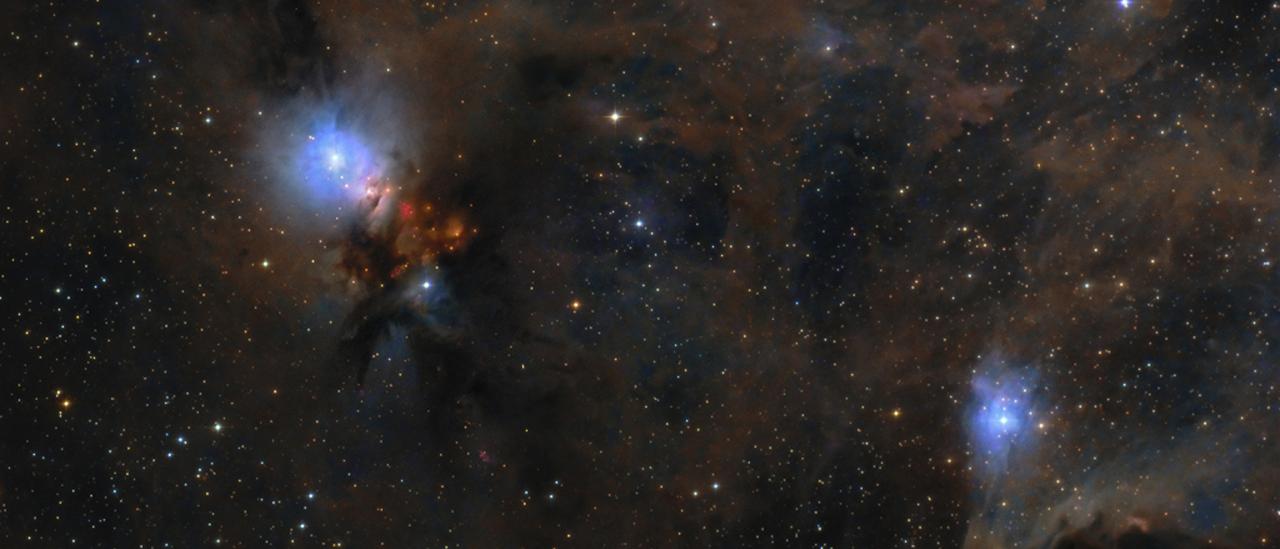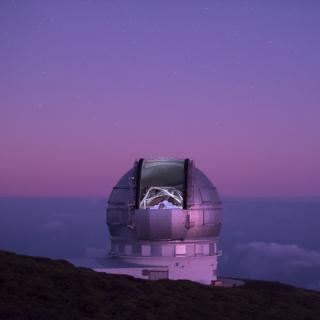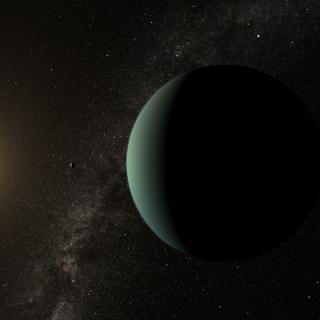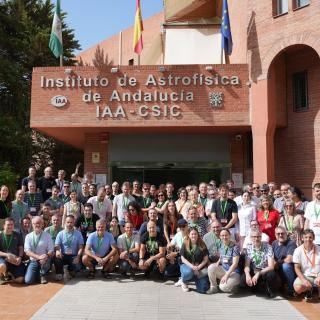The main emission mechanisms of the interstellar medium (ISM) in the spectral range between the radio and the far infrared are very well characterised and understood, both observationally and theoretically, for decades. However, in the late 90s a new mechanism was discovered in the microwaves, that has been coined “anomalous microwave emission” (AME). A basic feature of this emission is its tight spatial correlation with the thermal emission from ISM dust grains. This means that the AME observed intensity is stronger in regions with a higher abundance of ISM grains. This led to the proposal that the AME may be produced by a mechanism known as electric dipole emission, emitted by small grains in the ISM that present high rotation speeds and an electric dipole momentum. Even though these theoretical models seem to very accurately reproduce the observations, big unknowns remain, such as which is exactly the composition of these grains. Several observations, mainly in the far infrared, point to the fact that an important fraction of the ISM must be in the form of amorphous dust. In 2009 it was proposed the idea that the AME could be the emission resulting from resonance transitions between the two stable energy levels in which atoms in amorphous materials may reside in, which are the result of the deformation of the crystal structure. In order to produce the observed intensity of AME, the assumption behind this model is that the majority of interstellar dust is composed of a new type of amorphous material, which is still unknown in Earth laboratories. Following up this idea, in 2019 we further developed this model, which we named Cosmic Amorphous Dust (CAD) model, and fit it to the microwave data from the QUIJOTE experiment and from the WMAP and Planck satellites in two well-known regions harbouring a significant amount of AME: the Perseus and the W43 molecular clouds. We found that the models were able to reproduce the observations very compellingly, when amorphous silicate was considered as the dominant material. However, an important observational result that this model was not able to reproduce fully was the observed polarisation spectrum, which shows a strong component of polarised emission in the far infrared and very little or none polarisation in the microwaves. Now we have addressed this shortcoming through the inclusion of a new component of amorphous carbon. In this case, the amorphous carbon dominates the emission in total intensity, while the amorphous silicate is the main responsible for the polarised emission in the far infrared range. Through the combination of amorphous carbon and silicates we therefore have managed to successfully reproduce the observations in intensity and in polarisation simultaneously. Due to its still not well understood origin, AME has attracted much attention of astrophysicists on the last decades, and the results presented in this work just add another chapter to this conundrum, which hopefully will be further investigated through more detailed analysis of existing or new observations.
Optical image of the Perseus molecular cloud, a widely-known region of intense stellar formation. The interstellar dust, which generates the AME, is visible, as it reflects light from nearby stars. Image credit: APOD 2017 January 14, Lóránd Fényes.
Advertised on
Authors
M. Nashimoto
M. Hattori
F. Poidevin
Ricardo Tanausú
Genova Santos
References




